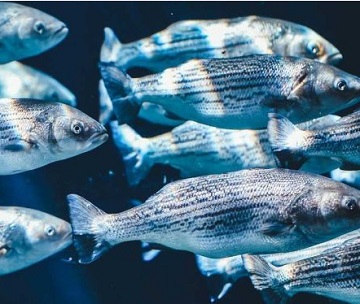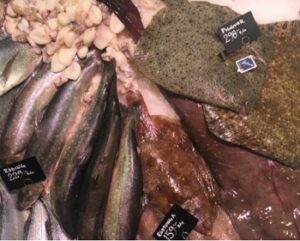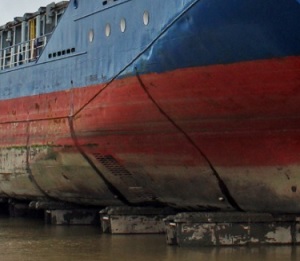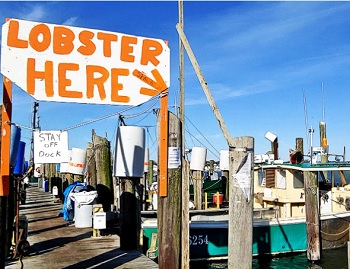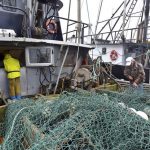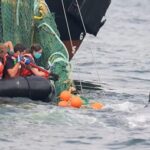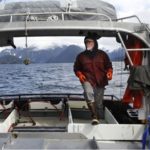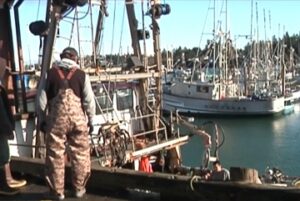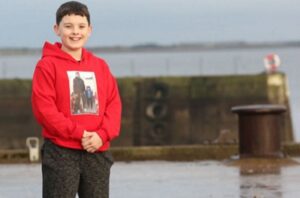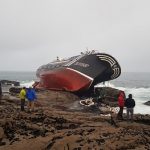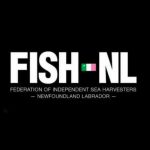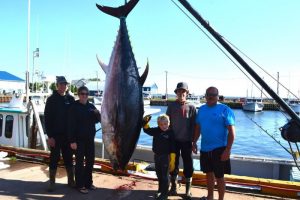Tag Archives: a study
Study reveals alarming fatality rates in the Texas shrimping industry
 A recent study is highlighting the fatality rates in the shrimping industry, a occupation that drives an essential part of Coastal Bend dining. Dr. Shannon Guillot-Wright, associate professor of occupational health at UTHealth Houston, said that she and her team of researchers have noticed an alarming trend in our gulf waters. “We talked to many shrimpers who had things fall on their heads, their friends’ heads,” she said. Jeff Wright owns Anne’s Bait House On The Bay and said that he is no stranger to the dangers of shrimping when a fellow shrimper died on his boat dock in March. more, >>CLICK TO READ<< 10:32
A recent study is highlighting the fatality rates in the shrimping industry, a occupation that drives an essential part of Coastal Bend dining. Dr. Shannon Guillot-Wright, associate professor of occupational health at UTHealth Houston, said that she and her team of researchers have noticed an alarming trend in our gulf waters. “We talked to many shrimpers who had things fall on their heads, their friends’ heads,” she said. Jeff Wright owns Anne’s Bait House On The Bay and said that he is no stranger to the dangers of shrimping when a fellow shrimper died on his boat dock in March. more, >>CLICK TO READ<< 10:32
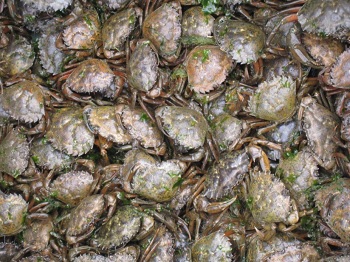
Lessons From a Failed Experiment – When ‘Eradicated’ Species Bounce Back With a Vengeance
The study, published today in the journal PNAS, chronicles the effort and failure to eradicate invasive European green crabs from a California estuary. The crabs increased 30-fold after about 90 percent had been removed. The study is the first experimental demonstration in a coastal ecosystem of a dramatic population increase in response to full eradication. The crab is considered among the world’s top 100 invasive species, costing the U.S. commercial shellfish industry about $20 million in annual losses. >click to read< 08:09
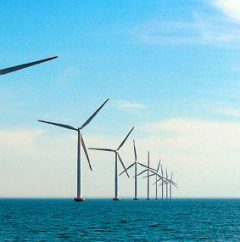
Study: offshore renewable energy installations rough on marine life
Researchers suggest that if marine renewable energy devices (MREDs) – such as wave energy converters and wind turbines – are placed in marine environments without consideration of environmental consequences, marine life could be severely damaged. That stands in stark contrast to the environmentally friendly mindset that drives such devices in the first place. The study insists that these energy devices can greatly advance climate goals but cautions that greater thought must be given to when, where and how they are implemented. >click to read< 12:41
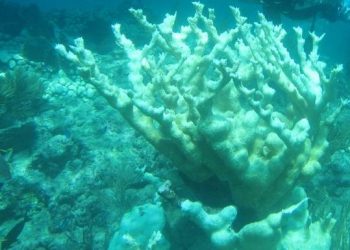
Nitrogen from sewage and farms is starving Florida corals to death, study says
Nitrogen from improperly treated sewage and fertilizer runoff from farms and lawns is starving Florida Keys corals to death, according to a new study published in the journal Marine Biology. The study led by Florida Atlantic University’s Harbor Branch Oceanographic Institute at Looe Key, in the Florida Keys, showed that higher nutrient. levels in Florida waters is a key cause of coral bleaching and death. As nutrient runoff from farming and from a growing population increases the amount of nitrogen levels in the water, corals are actually dying before >click to read<15:56






